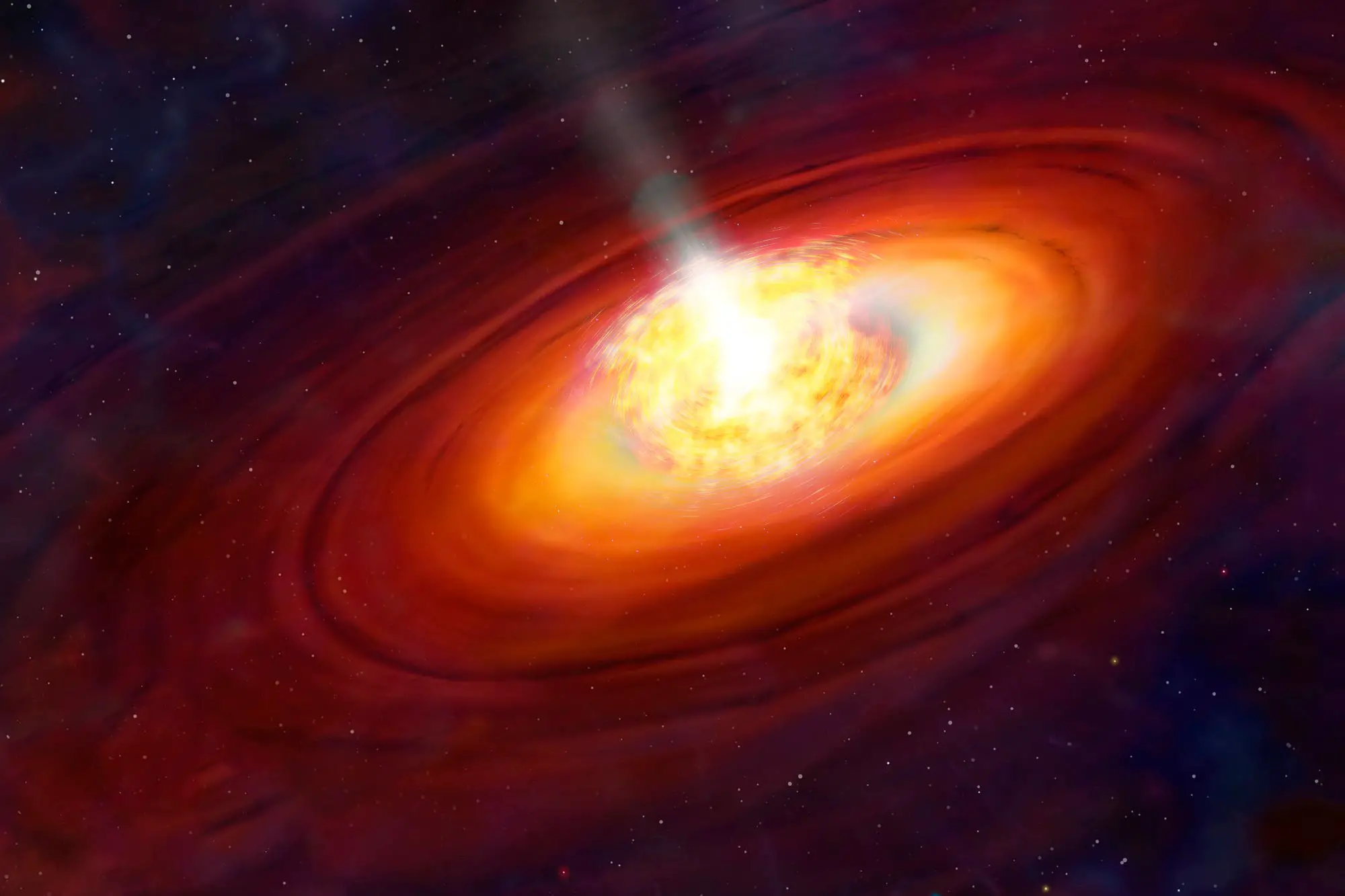Scientists have discovered a massive protostar at an unprecedented stage of formation that could help solve one of our universe's mysteries

Astrophysicists can open the champagne - they have managed to capture the early formation of a protostar. Perhaps this discovery will allow them to solve one of the many mysteries of our Universe.
Here's What We Know
The secret scientists have yet to unlock is why there are almost no supermassive stars in the Universe. They only account for 1% of the total number of stars.
It is now accepted that as a star gains mass, it begins to repel matter from itself, at the expense of which it grows larger. For this reason, growth stops at some point. In view of this, scientists speculate that supermassive stars form in some other way, but this hypothesis had no evidence to support it.
Now, scientists have discovered protostar G258.93-0.03-MM1, which is still growing even though it has 8 times the mass of the Sun. It is located in the Milky Way, about 22,000 light years away from our planet.
Researchers have seen that there are spiral arms of gas and dust inside the accretion disk. Matter from these continues to fall on the star, despite the radiation that is supposed to repel it. Scientists had previously guessed that such arms existed but had never seen them. They put it down to the large amount of gas that kept telescopes away.
The discovery was made using 25 radio telescopes. Scientists spent several years on the study. The telescopes were able to record radio bursts, which were the result of matter falling on the star. Over the years, researchers have been able to figure out that the matter inside the disk is shaped like the spiral arms already mentioned.
Astrophysicists hope to gather enough data to study massive stars. Moreover, they have yet to find out why stars have become smaller over time, since billions of years ago, at the dawn of the Universe, they were much larger than they are today.
Source: Physics World